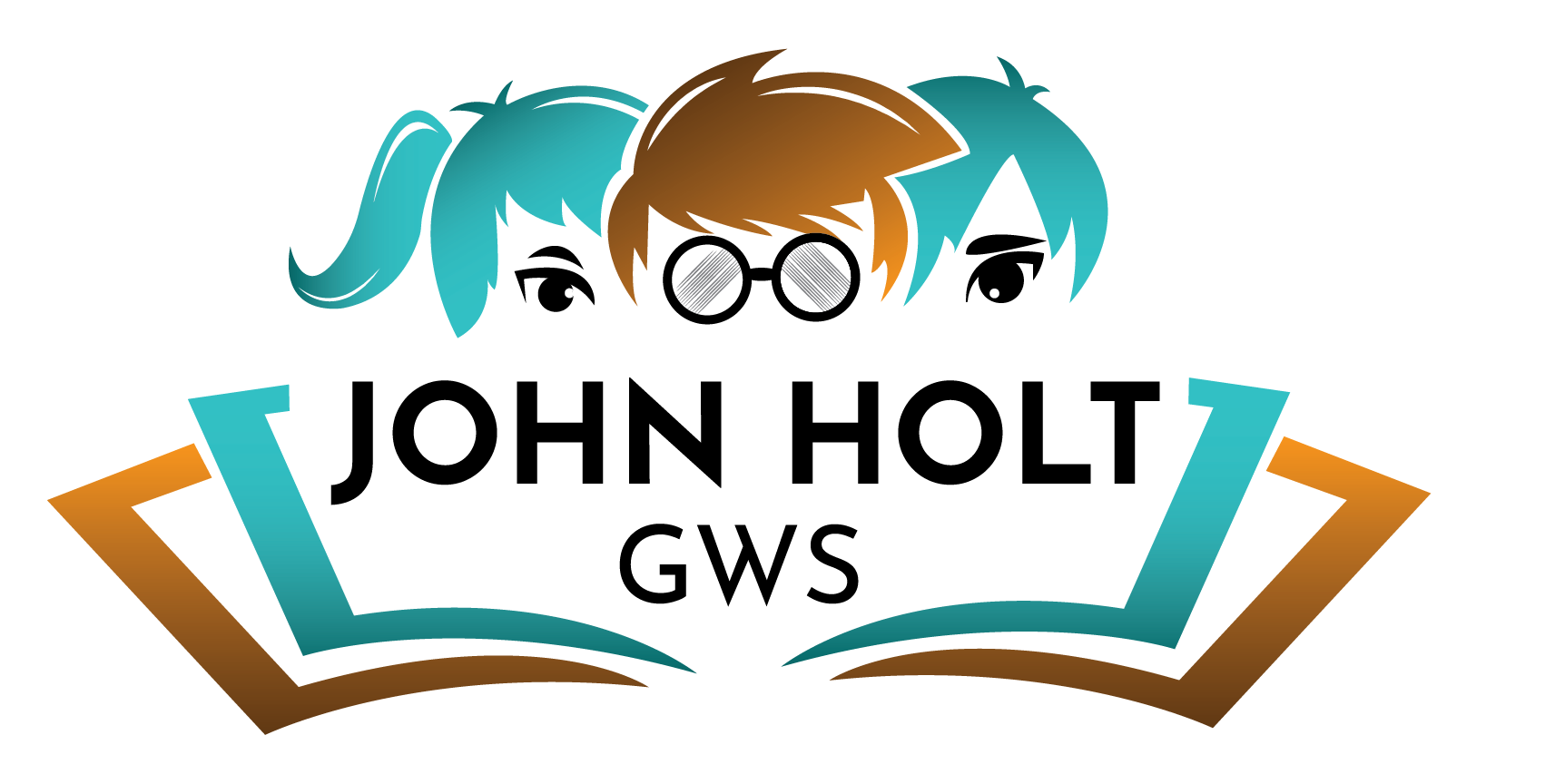Sue Patterson is an experienced homeschooler who has a welcoming, broad view of all the ways children and adults can learn together, but her special interest is in teenage homeschoolers. She writes in her introduction to her new book, Homeschooled Teens, that when her children were seven years old and younger, she “wanted to look down the childhood road a little further and see how to prepare for a homeschooled teen.” Over time Sue finds many homeschooling families with teenagers as her own family grows older. Now, though her children are adults, she is still interested and connected to many people who are homeschooling or unschooling through adolescence. She writes:
"In the late 1990s and early 2000s, we attended several homeschooling and unschooling conferences. Panels of teens fielded questions and shared their experiences. Parents wanted to talk to these teens to find answers that might allay their fears. The teens responded with grace and candor. They were funny and interesting and pursuing a variety of fascinating paths. But conferences only happen annually, and some parts of the country never get to witness these teen panels. My vision of this book was to remedy that.”
This book is based upon Sue’s efforts over three years to gather date using a survey she created about being a homeschooled teenager. She surveyed 75 people and presents her findings to anyone interested in educational options for teenagers, and especially for families who fear that by homeschooling their young children they may be creating an outcast teenager who can’t get into college. If anything, the weight of the personal stories in this book should allay parents’ fears that homeschooling will lead to stunted, unsocialized children. I think young people will enjoy reading the opinions of their homeschooled peers, particularly regarding high school, such as: “I was pretty happy. All of my friends who attended school seemed so caught up in superficial stuff. School was all they ever talked about. I was enjoying reading and exploring too much to want my life wrapped up so tightly.”
A refreshing aspect of Sue’s survey is how it doesn’t avoid difficult questions, such as “Did you homeschool reluctantly or happily?” and “Did you find enough friends?” The candor of the replies is wonderful. I particularly enjoyed the chapter “Words of Advice for Worried Parents,” which presents advice from the young adults and teens surveyed to worried parents. Here is a comment from Nicholas, age 26:
“I’m glad my mother chose to homeschool me. I know that I did better academically because of homeschooling. I have a normal life, normal job, and normal friends. I have even met friends at work that were also homeschooled. If there are things I missed by not going to school, they were more than made up for by the advantages of homeschooling. Education is the important aspect of going to school. Everything else in school is trivial compared to the rest of your life! And, no, I didn’t go to school in my pajamas… usually.”
And this from Hannah T, 18:
“Think about your child as a person—a whole person who has interests and needs just like you. Think about how extra time might afford your teen the opportunity to explore their interests and grow as a person outside of standardized tests and meaningless busy work. Giving a child freedom may be the best gift a parent can give, and just from my own experience I can tell you how grateful I am to have been given that gift. Finally, trust yourself and your child, and make the leap. I don’t think you’ll regret it.”
This is a great book to help you determine how you and your teenager can flourish and blossom with homeschooling. You can purchase it at Amazon. To learn more about Sue Patterson and her work visit www.suepatterson.com.
